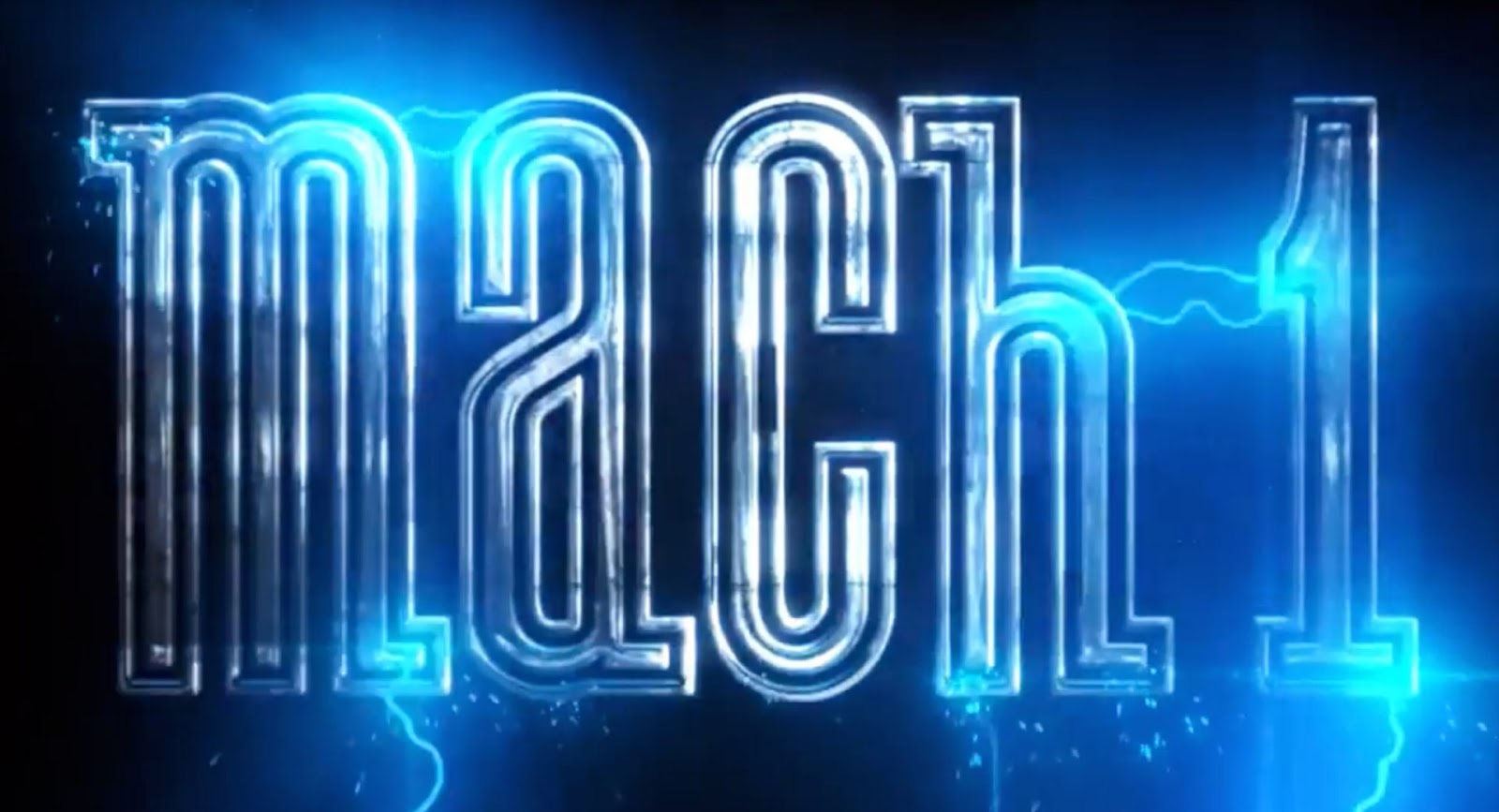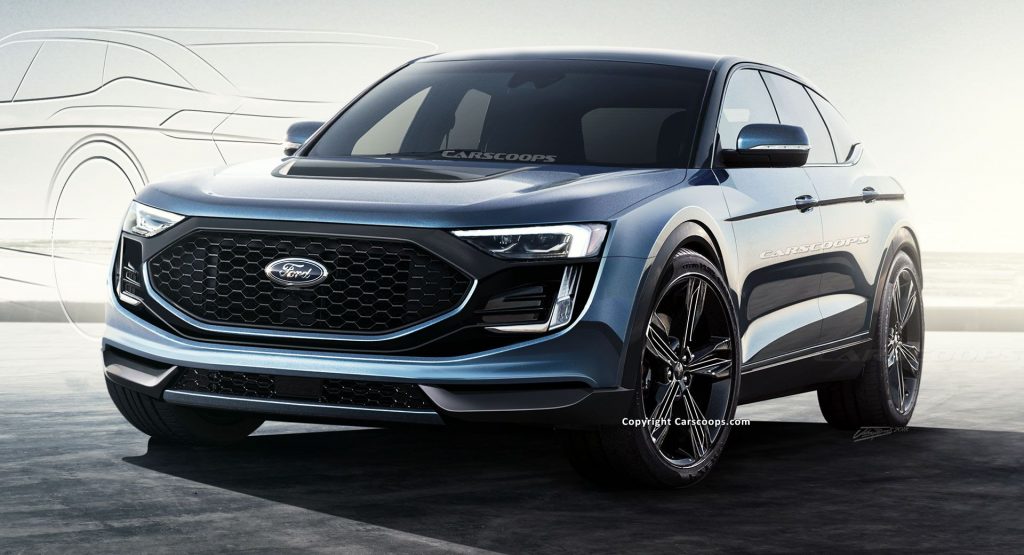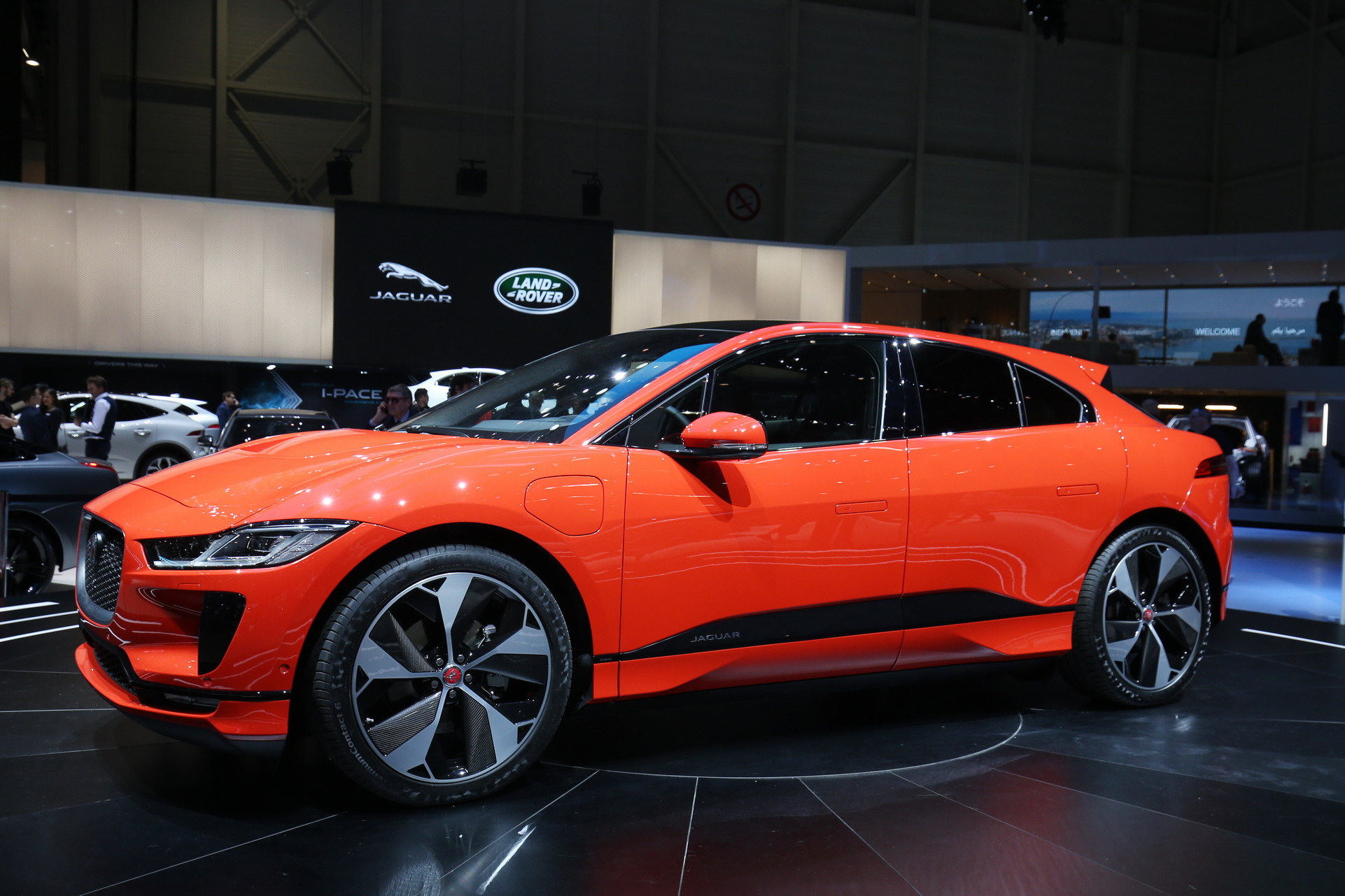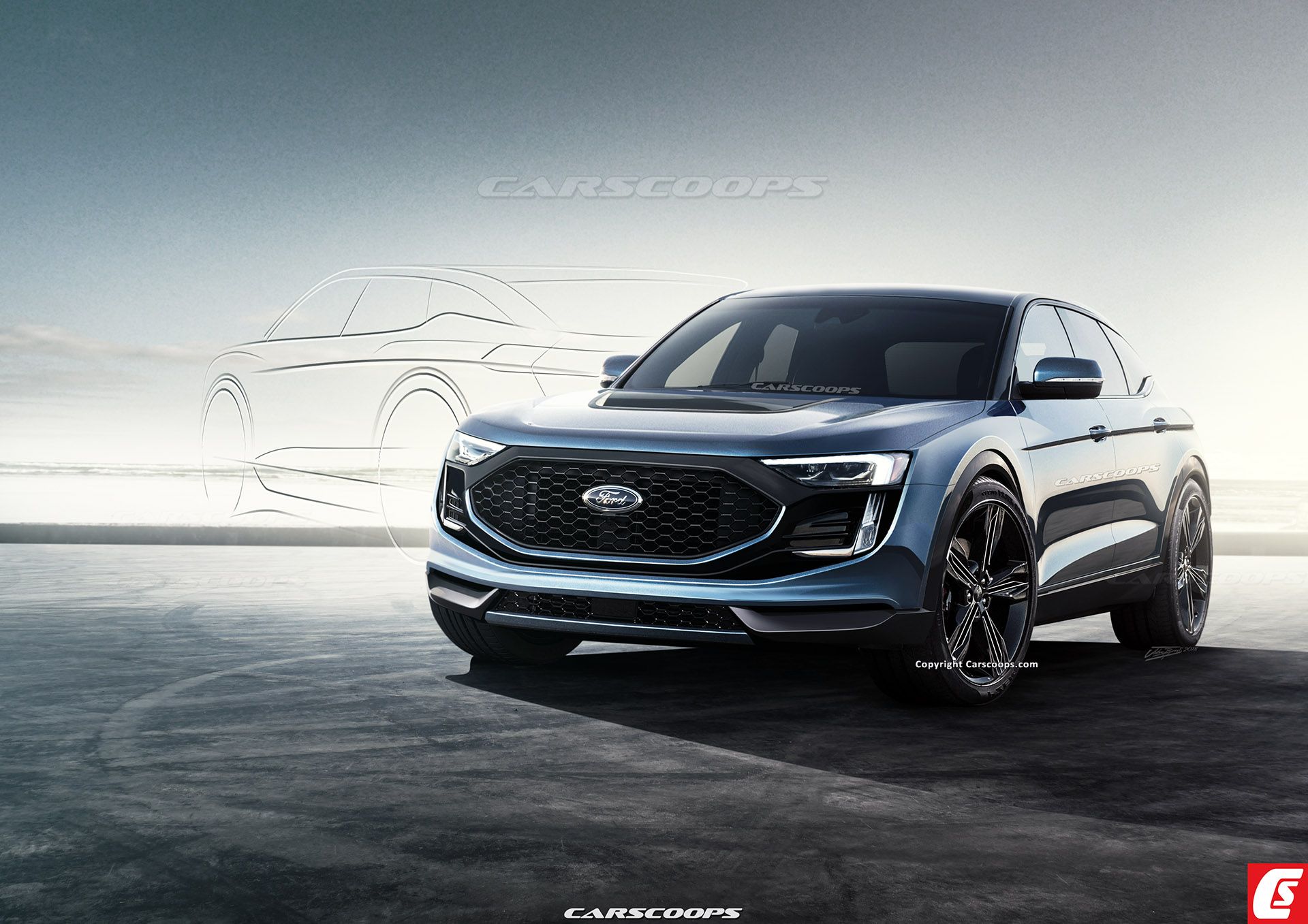Ford has struggled with recent perception that it’s not previewing enough future products through concept cars and technical innovation. Arguably, too much emphasis has been put on mobility and connectivity, with very little about the vehicles themselves.
Fortunately for blue oval fans and shareholders, there was a glimmer of hope at the Detroit Motor Show earlier this year; with brief teasers for Baby Bronco, Mustang GT500 and most importantly, an electric SUV tentatively-named Mach 1.
However, we’re non-the-wiser about which direction Ford will push its electric SUV design. So how about we speculatively fill in the gaps and illustrate what might come to fruition.
Post-Kinetic Design
Remember the stunning Ford Evos concept car from 2011? Back then, it previewed Ford’s future design ethos and served as inspiration for current Fusion and Mustang. But that was a long time ago and now a new design direction is needed to keep things fresh.
So how do we change things up? Well firstly, this study introduces a new ‘masked’ front fascia, which incorporates an imposing trapezoidal grille flanked by glossy-black surrounds and dominant C-shaped LED lighting – feel free to call them “lobster claws” for the front end. In taking a leaf out of Jaguar’s design book, the grille redistributes air up and through the hood for improved aerodynamics.

Frameless windows give the greenhouse a sleeker appearance, whilst the roof follows the current two-tone black on body color trend other manufacturers are exploiting. Sheet metal-surfacing is crisp and technical in execution, whilst still being an evolution of Ford’s previous Kinetic design DNA.
Electrified Powertrains
Arguably, you could blame former CEO Mark Fields for hobbling the company’s path into hybrids and full electrification. Whereas competitors have moved forward with this technology, Ford haven’t come up with any new electrified products in years – no wonder investors weren’t happy.
Yet with Jim Hackett now at the helm, we’re still in the dark about what type of system Ford will use in terms of electric motors and battery technology. Will the electric motors be built and designed in-house or be outsourced? What type of battery technology be utilized?
What we do know is that the range needs to be significantly higher than what most current BEV’s offer. Shifting to solid state battery technology could be the magic bullet in terms of rapid charging times, performance, range and thermal safety benefits, however there are still some commercial viability obstacles to overcome before that technology becomes widespread.
Amped SUV Rivals
By the time 2020 arrives, there’ll be a plethora of electrified SUV offerings from rivals like Tesla, Hyundai, Volkswagen and General Motors to name a few.
South Korean heavyweight Hyundai already offers the Kona EV with a range of 250 miles, and Volkswagen’s I.D. Crozz is tipped hit the market in 2020 with 300-plus horsepower and a 300 mile range. In terms of luxury alternatives, Jaguar already offers the iPace EV and BMW, Mercedes-Benz and Audi will also have their electrified compact SUV’s to market by 2020.
Hopefully Ford’s EV SUV will be previewed in conceptual form within the next 12 months – and if so, expect that to debut at a major auto show.
Share your thoughts on this study in the comments below.






